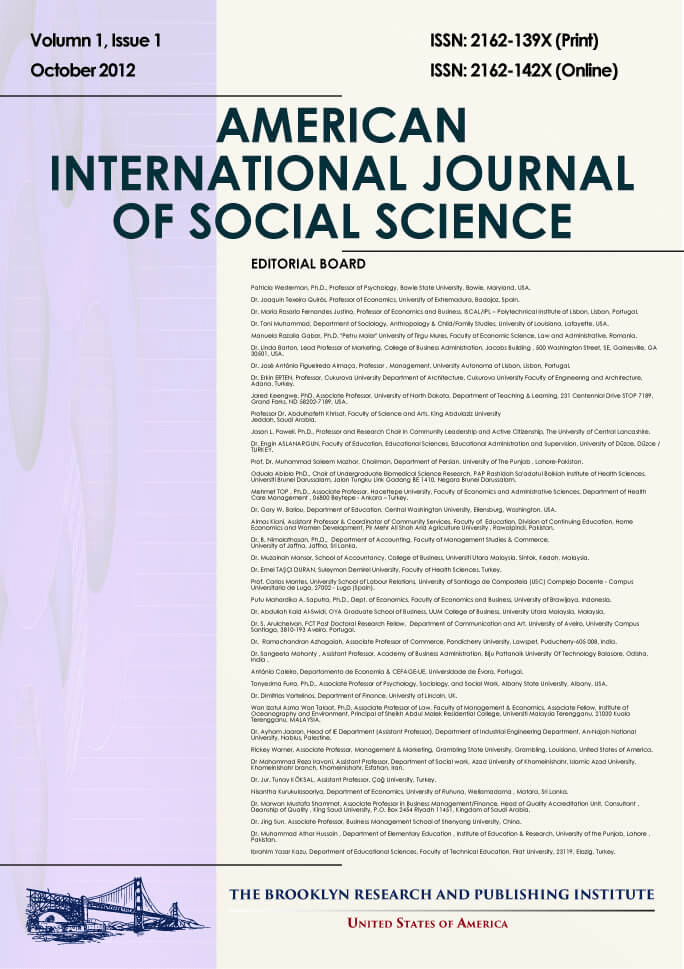Risk Assessments in Violence and Sex Cases: Current, Practical Advice for Attorneys Employing Mental Health Experts
Roberto Flores de Apodaca, Brendon T. Blake, Lauren P. Stevens
Abstract
Attorneys working in violence and sex-related, criminal cases often have to address the interrelated questions:
How dangerous is this Defendant? What is the likelihood he will reoffend? Are there ways to minimize the level of
risk he poses? Risk Assessment evaluations conducted by mental health experts are increasingly being used in
these cases because they are proving to be useful to the legal process in a variety of ways. In the last 40 years,
the state-of-the-craft in these assessments has evolved from a reliance on clinical intuition (Clinical Method) to
research-based, quantitative methods (Actuarial Instruments) to the currently preferred approach of Structured
Professional Judgment (SPJ); which borrows from the best of its predecessors and guides examiners in
considering and weighing all factors that have been established to be associated with violent and sexual
recidivism. There are several SPJ instruments available in the professional literature. The one we recommend for
use with adult Defendants in violence cases is the HCR-20-V3, which is the most frequently used SPJ instrument
in the world (Douglas, Hart, Webster & Belfrage, 2013). We recommend the Risk for Sexual Violence Protocol
(RSVP) SPJ instrument in sex offense cases (Hart, Kropp, Laws, Klaver, Logan & Watt, 2003), along with the
objective, computer-administered Abel Assessment for Sexual Interests – 3rd Edition (AASI-3). (Abel, Jordan,
Rouleau, Emerick, Barboza-Whitehead & Osborn, 2004). Risk Assessments necessarily involve all the methods
and procedures followed in typical, forensic assessments (i.e. clinical interview, review of records, psychological
testing, reference to the DSM-5 Manual) and the inclusion of SPJ-derived data. While there is wide professional
discretion in the selection of risk assessment instruments, forensic evaluations that do not include at least some
actuarial data would, in our judgment, fall below the current standard of practice.
Full Text: PDF
American International Journal of Social Science
ISSN 2325-4149(Print), ISSN 2325-4165(Online) DIO: 10.30845/aijss
Visitors Counter
3798090
| 854 | |
| |
2456 |
| |
5448 |
| |
49499 |
| 3798090 | |
| 106 |

